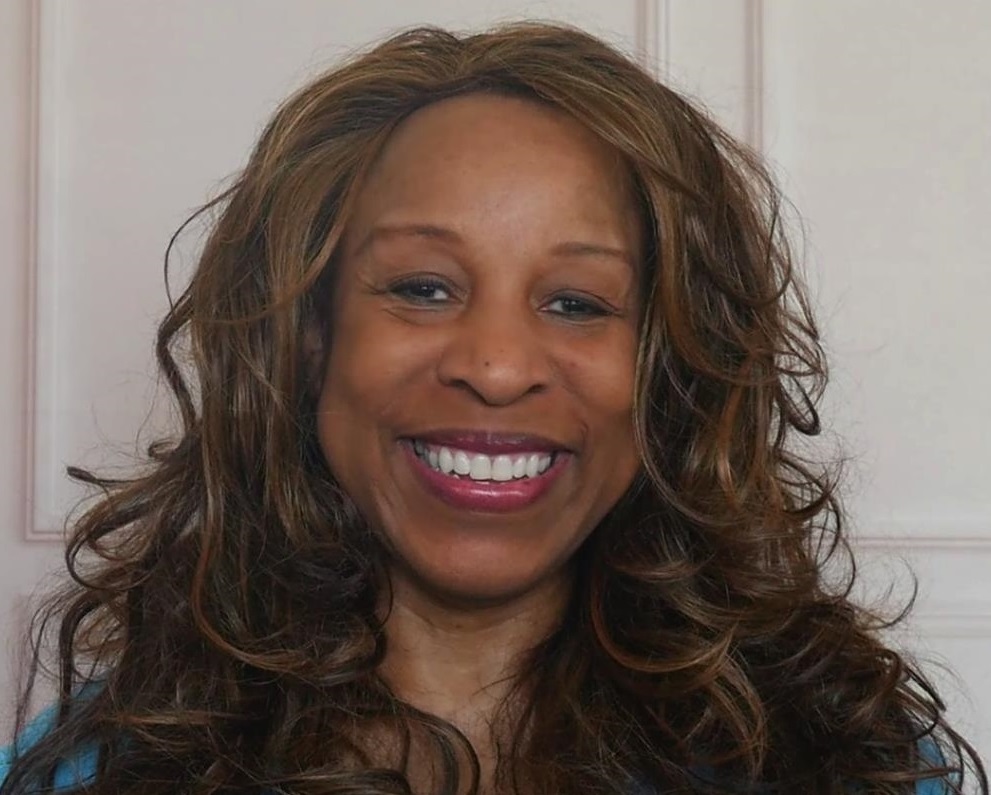How to Start a Podcast for Your Service Business

By VICKY BROWN
So, maybe you are at the point where you are considering what you can do to get your service business more visibility. And you keep hearing about the huge value of content marketing. But you have no intention of getting in front of a camera, or maybe you just don’t have the time to create, film, upload and optimize videos – it’s all just too overwhelming.
Well, there is another option. Consider podcasting. It’s an excellent alternative to a video channel – in fact, it’s an excellent companion to a video channel as well. Podcasting gives you the opportunity to get in front of your market, provide valuable content, and grow your eMail list – yep, the same value as having a YouTube channel. And while you could do an on-camera podcast, and repurpose those episodes for YouTube. It’s perfectly alright, and much more common, to do a voice only podcast.
But where do you even start?
Well, first off, decide why you want to do a podcast. What is the goal, what are you trying to accomplish? And once you figure out why, then you need to figure out who. Because again, you’ll need to tailor your content to the specific audience you’re trying to reach.
Then think about what style of podcast you want. I already mentioned on camera vs. voice only. But there are other options too. Do you want to do a solo podcast, or do you want to book and interview guests – or do you want a hybrid? As you might guess, a solo podcast can be much easier to produce, but it does put the burden of all the content squarely on your shoulders. If you interview other people. you ask the questions, and they provide the bulk of the content with their answers – and it provides a bit more variety for your listeners. But it does require significant time and resources, finding the guests, coordinating schedules, creating the questions, aligning the technology – it’s a big administrative and production – well, production. So generally, you’ll need some support.
Once you have that sorted, sit down with your calendar, and take a good look at what would be a reasonable schedule for you. Don’t commit to a weekly podcast, when you have absolutely no time to get everything done to produce one every week.
“If you interview other people. you ask the questions, and they provide the bulk of the content with their answers – and it provides a bit more variety for your listeners.”
You’ll need time to research your topic and write a script or outline or guest questions. You’ll need recording and editing time. You’ll have to upload and market the podcast. So yes, it will take a bit of time. Actually I find that getting my podcast out takes significantly less time than producing weekly videos for Leaders Journey Experience, but that’s mostly because audio recording is less intensive for me than video recording. And the editing process is much easier.
But, like with most things, consistency is key. Your audience will begin to expect to find new episodes, so you need to have a regular, consistent schedule. And if you just kind of get overwhelmed and drop off the face of the earth one day – well, that’s not good for building an audience. And after all, that’s part of the point of having a podcast – connecting with your target market. So make sure you have the production time it’s going to take to produce a good podcast with valuable content.
And don’t forget about marketing the thing. You’ll need a plan for how you’re going to get the word out about new episodes. Certainly blast it out to your current eMail list, do social posts, blog about it etc. Remember, it’s up to you to drive that audience to the podcast – so chat it up!
OK – you now know the why, the who and you’ve figured out the when. On to the how.
You’ll need a way to publish your Podcast. There are lots of services available for podcast posting, but the one I use and love is BuzzSprout. It’s easy, doesn’t cost an arm and a leg, has a great user interface – what can I say? It’s easy peasy for me. They even have a process that connects you to the various podcast platforms like Apple, Spotify, Stitcher, Amazon, Pandora etc.

Don’t waste another minute trying to figure out how to get your business going and what should come next.
Grab your Free 3-Step Leader’s Journey Business Builder course, and get freedom and peace of mind, knowing you are on the right, proven track.
Next you’ll need hardware and software. Hardware for the actual recording, and software for editing.
On the hardware side, the mic I use is Blue Yeti. It’s a great podcasting mic, and while it’s not the least (or most) expensive mic out there, it’s really popular with podcasters because it has great sound.
Of course make sure I record in a quite place (lots of people use their closets – don’t laugh, your closet has great acoustics – because of the clothes), and definitely use a pop filter. So you don’t get those hard p’s banging in everyone’s ear.
On the editing side, there are loads of options. Audacity is free and works with MACs and PCs. Garage Band is also free, but it’s MAC only. Or you can use any other editing software that works for you. I use Cyber Director for both video and audio editing.
So, as you can see, it’s not hard to start a podcast. It just takes organization, time and commitment – why, just like a YouTube channel! And yes, there are some costs involved – but for the most part it’s just the mic and BuzzSprout.
Oh, there’s one other thing – you could choose to outsource all of the back end duties – just google Podcast Production Services – and they will take care of everything, and all you have to do is talk. If you choose this option, it will add to the overall cost a bit.
So, there you have it – think seriously about starting a podcast. It can be a tremendous boost to your service business, and widen your audience.
